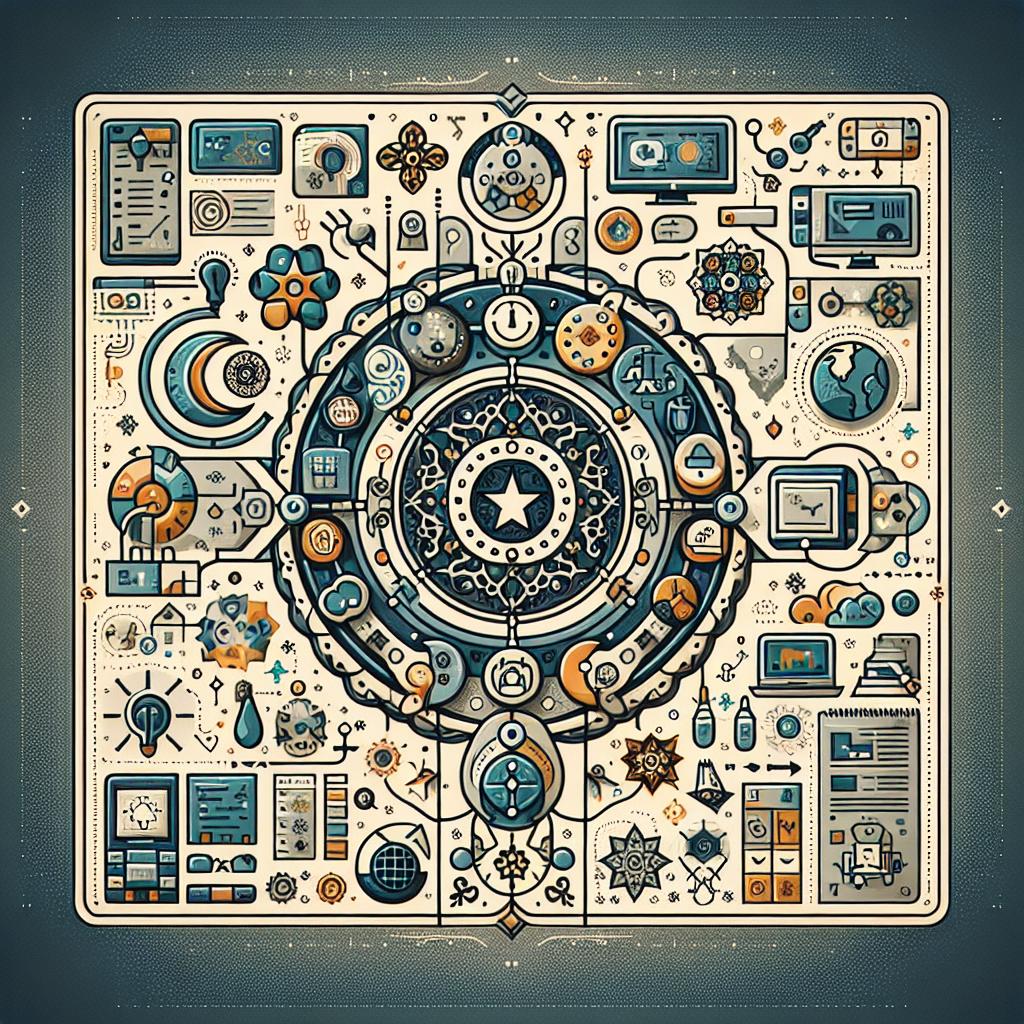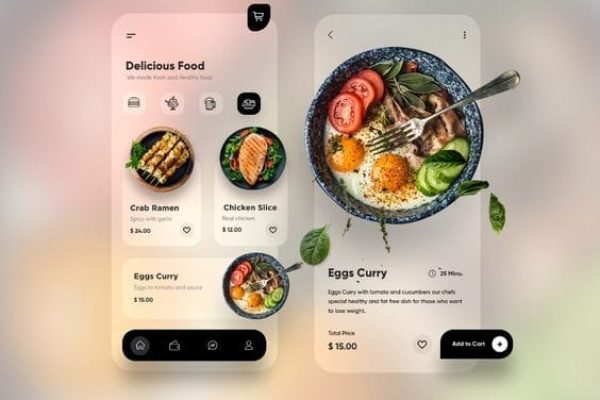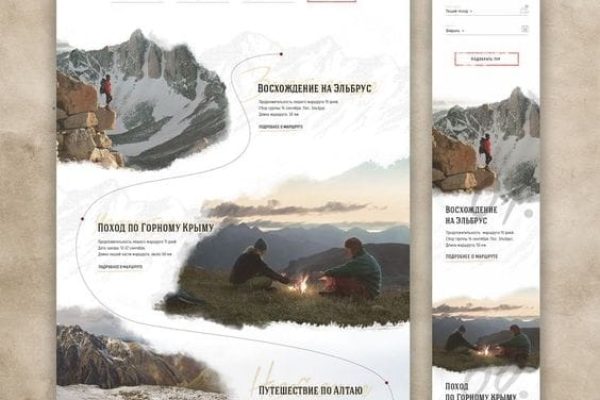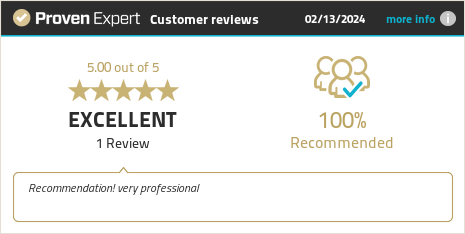In an increasingly digital world, the nuances of user experience (UX) have never been more critical—especially when designing websites for specific audiences. With Morocco’s vibrant culture, fast-growing internet penetration, and diverse demographics, understanding how to improve website UX for Moroccan users is a unique yet essential endeavor. Just as the streets of Marrakech blend customary charm with modern flair, a website for Moroccan users must harmonize cultural relevance with cutting-edge functionality. This article delves into practical strategies to elevate the online experience, ensuring that it resonates with the local populace while embracing their unique preferences. By catering to moroccan users’ needs, we can not only enhance engagement but also foster a deeper connection between the digital realm and the rich tapestry of Moroccan identity.
To effectively engage moroccan users, it’s essential to consider the rich tapestry of languages and dialects spoken across the country.Websites should not only be available in Standard arabic and French, which are widely understood, but also tailored to local dialects such as Darija. By doing so, designers foster a sense of familiarity and connection, making users feel more comfortable while navigating the site. Implementing local expressions and culturally relevant terms throughout the site can significantly enhance user engagement, transforming a generic browsing experience into one that resonates deeply with Moroccan audiences.
Moreover, catering to the diverse connectivity options prevalent in Morocco is vital in creating a seamless user experience. With a significant percentage of the population accessing the internet via mobile devices, it’s imperative to implement responsive design techniques that ensure functionality across various screen sizes and resolutions. Simplified navigation menus, combined with thumb-friendly buttons and touch gestures, are effective in accommodating users who might potentially be new to online navigation or have limited data availability. Special attention should also be paid to content layout, where a clean, minimalistic design can help users quickly locate desired information without overwhelming distractions, ultimately leading to a smoother browsing experience.
Q&A
Q&A: Improving Website UX for Moroccan Users
Q1: Why is understanding the Moroccan market essential for optimizing website UX?
A1: The Moroccan market is unique, influenced by a blend of cultures, languages, and digital behaviors. Understanding local preferences and norms is key to creating an engaging user experience that resonates with moroccan users. This ensures that your website feels familiar and intuitive, encouraging longer visits and higher conversion rates.
Q2: What cultural factors should designers consider when improving UX for Moroccan users?
A2: Moroccan users come from a rich cultural background that values tradition while embracing modernity. Designers should consider language preferences (Arabic and French being the most prominent), the significance of visuals in Moroccan culture, and the importance of mobile accessibility, given the high rates of mobile internet usage. Incorporating local colors, styles, and imagery can also create a more welcoming environment for users.
Q3: How can language impact the user experience on a website?
A3: Language plays a crucial role in making users feel comfortable and engaged. Offering content in both Arabic and French caters to a broader audience. Additionally, attention to local dialects and cultural nuances in language can enhance readability and relatability, ensuring that the website communicates effectively with its users.
Q4: What specific accessibility features should be prioritized for Moroccan users?
A4: Prioritizing mobile optimization is essential due to the prevalence of smartphone usage in Morocco. Furthermore, incorporating features like easy navigation, readable fonts, and fast loading times will enhance the experience. Offering voice search functionality could also be beneficial, as it aligns with the trends of users increasingly seeking convenience in their online interactions.
Q5: How can I ensure that my website is visually appealing to Moroccan users?
A5: Visually appealing designs often draw inspiration from local art, tile patterns, and landscapes.Using vibrant colors that reflect the Moroccan aesthetic can evoke familiarity and warmth. Additionally, integrating visual storytelling elements that resonate with Moroccan heritage will not only capture interest but will also create an emotional connection with your users.
Q6: Are there any common pitfalls to avoid when designing for Moroccan users?
A6: Yes, some common pitfalls include neglecting mobile optimization, assuming that English will be the primary language of navigation, and overlooking the importance of local payment methods. Failing to customize the user journey based on cultural preferences can lead to frustrations and abandoned carts. Always prioritize empathy and local insights to enhance user experience.
Q7: How can user feedback be effectively gathered from Moroccan users?
A7: Employing methods like surveys, focus groups, or user testing with Moroccan participants can yield insightful feedback. Utilizing social media channels popular in Morocco, such as Facebook and WhatsApp, can facilitate quicker engagement and responses. It’s essential to create a comfortable environment for users to share their thoughts honestly, which ultimately leads to more actionable insights.
Q8: What are some tools and resources that can help improve website UX for Moroccan users?
A8: There are several tools available to enhance UX,including google Analytics for understanding user behavior,Hotjar for heatmap tracking,and SurveyMonkey for gathering feedback. Additionally, resources like local UX design forums or Moroccan tech meetups can offer valuable insights and networking opportunities with designers who understand the local landscape.
Q9: Can you suggest any best practices for testing UX improvements?
A9: A/B testing different elements such as page layouts, color schemes, and navigation styles can help determine what resonates most with Moroccan users. Continuous iteration based on analytics and feedback should form the backbone of your enhancement strategy. Remember to involve Moroccan users in the testing process to gain authentic insights that inform design decisions.
Q10: What will be the long-term benefits of enhancing UX for Moroccan users?
A10: By investing in a tailored user experience, companies can expect increased trust, loyalty, and user satisfaction among Moroccan customers. Improved UX can lead to higher conversion rates,reduced bounce rates,and ultimately,enhanced brand reputation in the Moroccan market. The long-term benefits foster sustainable growth and a competitive edge in a dynamic digital landscape.
In Retrospect
As we navigate the vibrant digital landscape of Morocco, enhancing website user experience is not merely a technical task; it is indeed an opportunity to foster deeper connections and resonate with the culture and needs of Moroccan users. By embracing local preferences, respecting cultural nuances, and prioritizing accessibility, you can create a digital environment that invites visitors to engage and explore.
In a world where user expectations are continuously evolving,taking the time to understand and implement these best practices will not only elevate your website’s appeal but also contribute to a more inclusive online ecosystem. Remember,the key to exceptional UX lies in the details and empathy that you invest in your users’ journeys.
So, as you set forth on this endeavor, keep in mind that each click, scroll, and interaction represents a moment of trust and connection. here’s to crafting a website that not only meets the needs of Moroccan users but also celebrates the rich tapestry of their digital experiences. May your efforts lead to a thriving online presence that speaks to the heart of your audience!












